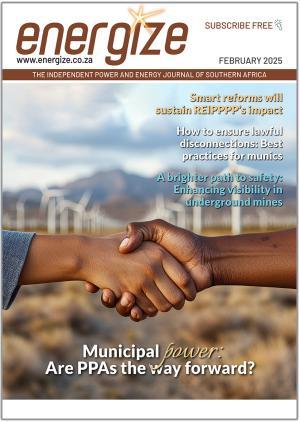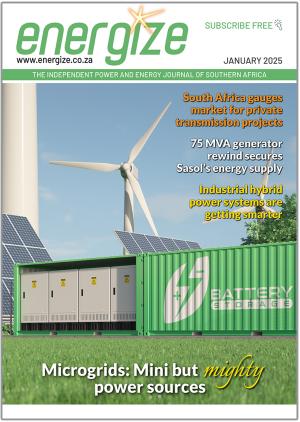The National Rationalised Specifications (NRS) Association has opened a public consultation process on a newly drafted position paper – “NRS 116: Recommended Electrical Clearances for Safety of South African Raptors on Electricity Distribution Infrastructure”.
The document proposes industry-wide guidelines to reduce bird electrocutions on overhead power lines, particularly raptors at high risk and posing environmental, operational and financial challenges.
“Utilities like Eskom have set requirements in this regard for their networks. Infrastructure outside of the jurisdiction of a utility such as Eskom or a municipality, for example power lines between renewable energy generation and collector substations, are not bound by such requirements and there is currently no guide for designers in such cases,” the paper says.
The NRS Association’s Work Group 116 has compiled a draft document to establish recommended minimum electrical clearances. This initiative aims to bridge the gap in current regulations and provide a unified framework for utilities, independent power producers and engineers designing overhead distribution lines.
The position paper outlines:
- Minimum safe clearances between conductive components to prevent bird electrocutions.
- Voltage-specific guidelines covering distribution networks from 11 kV to 132 kV.
- Scientific and engineering considerations including bird size, insulation properties of feathers and air gap breakdown voltages.
- Comparison with international best practices and local environmental regulations.
The NRS Association has invited industry stakeholders, environmental groups, engineers and members of the public to submit comments on the draft document by March 14.
Comments can be emailed to Vishal Nundlal (SewchaV@eskom.co.za) or Andreas Beutel (BeutelAA@eskom.co.za).















